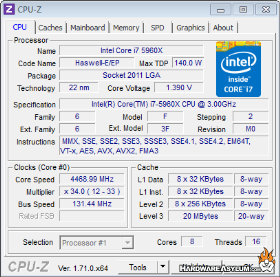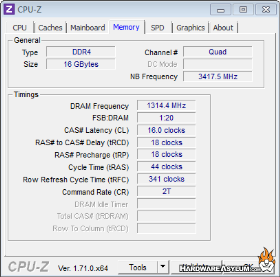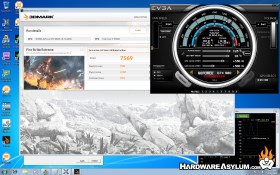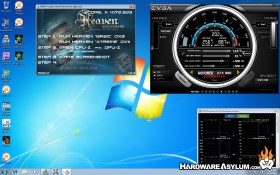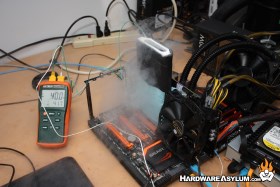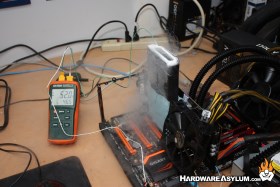Overclocking the EVGA GTX 980 Classified with LN2
Author: Dennis GarciaOverclocking Results
Gigabyte GA-X99-SOC - X99 Chipset
Intel Core i7 5960x (3.0Ghz) Octo Core 8 x 256KB L2 Cache 20MB L3 Cache
Cooler Master Nepton 140XL
1x EVGA GTX 980 Classified
4x Corsair Vengeance LPX PC4-21300 16GB DDR4 (15-17-17-35)
Western Digital VelociRaptor 150gb SerialATA 10000RPM
Cooler Master Silent Pro Gold 1200 Watt PSU
Windows 7 Ultimate 64bit SP1
The CPU was overclocked to 4.4Ghz with the memory running at 2600Mhz and a slight uncore bump for faster PhysX processing.
Running at 2005Mhz Core / 2000Mhz Memory I was able to attain the following scores in 3dmark Firestrike Extreme and the HWBOT edition of Unigine Heaven.
I have also included two 3DMark 11 scores to illustrate a point. The score on top is running the EVGA GTX 980 Classified at 2005Mhz with my 5960X running at 4.4Ghz and 2600Mhz memory. The score on the bottom is with the Classified running at 1955Mhz (-50Mhz) and the 5960X running at 4.5Mhz and memory at 2133Mhz.
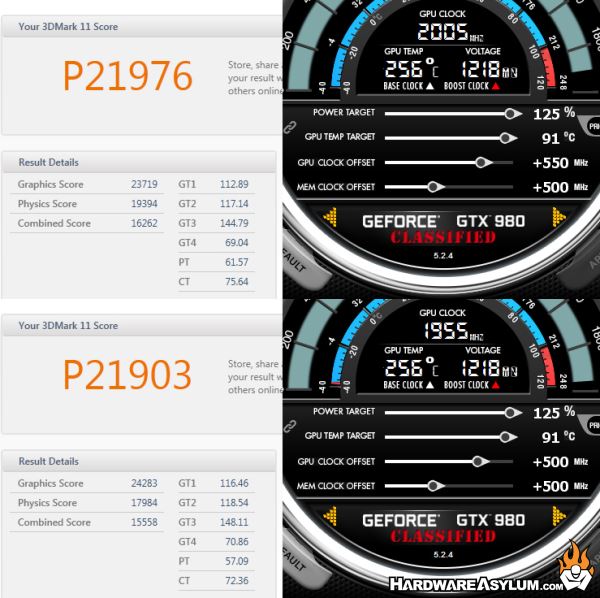
The score at 2005Mhz is higher but only because of the faster physics score, the GPU was actually slower. The card running at 1955Mhz was actually faster and had I run the faster CPU configuration my 3DMark 11 score could have been in the P22000 range.
What to take away from this is that sometimes cards get slower the faster they go. In my case the card was showing signs of artifacts at 2005Mhz, wasn’t responding to voltage adjustments and would randomly crash at a pot temperature of -95c. Going colder didn’t seem to help nor did going warmer.
Bottom line, I think this was the limit of the GPU.
Some other fun facts. Check out the following photos
If you look at the thermocouple you will notice two temperatures. The later number on the top is the GPU Pot temperature that applies cold to the card and the number on the bottom is the VRM heatsink temperature. It would seem running a demanding benchmark at 1900Mhz+ @ 1.5v requires a lot of current.

